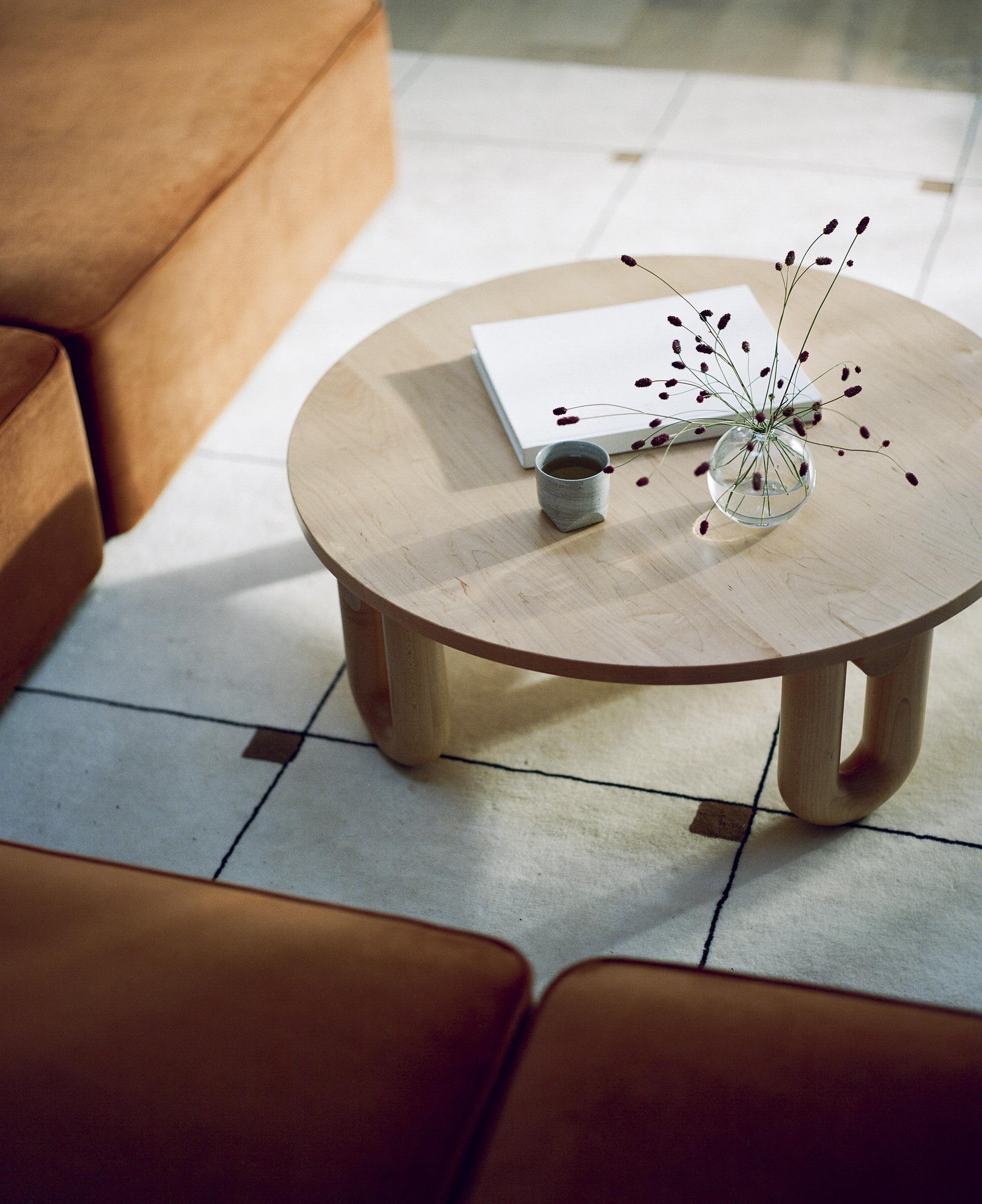NEW YORK – Move over, hygge. You, too, lykke, lagom, niksen and bella figura.
Another international buzzword has come to town, loaded with the promise of improving lives.
Marie Kondo’s Kurashi At Home: How To Organize Your Space And Achieve Your Ideal Life, just out from Ten Speed Press, is the Japanese tidying guru’s latest book and the first to dip into her native language to give a little flair to the title. (“Kurashi”, by the way, means “lifestyle”.)
Building on Kondo’s famed organisational method of sorting through belongings to determine which create a frisson of delight, the book invites readers to discover what sparks joy not just among their possessions, but also in their environments, relationships and daily activities.
“Tidying up means dealing with all the ‘things’ in your life,” she writes. “So, what do you really want to put in order?”
In a Zoom call, Kondo, 38, recently explained that the word kurashi conveys the comfort and serenity of day-to-day routines more than its English-language counterpart.
“I love the way certain Japanese words sound and kurashi happens to be one of them,” she said, speaking through an interpreter.
Readers familiar with her star-making 2010 book, The Life-Changing Magic Of Tidying Up, or her two Netflix series will find similar insights here, in concentrated form. The KonMari method of gathering, fondling and purging that launched a million trips to the dump is recapped on a single, airy page.
Back, too, is Kondo’s signature animism – her recommendation to look at the world from an object’s perspective, to understand how it might feel crushed or smothered in an undifferentiated heap of possessions. So is her insistence on thanking belongings for their service before disposing of them.
She admits to talking to her bathtub as she wipes it dry, saying: “It’s amazing how you’re always so clean and free of mould.” As always, she appeals to people’s better angels – at least the ones that shop.
This hardcover book, however, shows as well as tells. More than 100 Instagram-worthy photographs document serene room details, minimalist vignettes of sleek decorative objects, pants hanging crisply in closets and the author herself, looking relaxed and radiant.
The light-drenched, blond interiors are not Kondo’s. “We were trying to give a sense of what Marie’s lifestyle looks like,” said Ms Julie Bennett, the book’s editor. “The message is: You figure out what style works for you.”
Kondo insists that to follow her technique is to cultivate sensitivity to one’s desires and needs in a way that will bring larger rewards than mere order. (That is the “life-changing” part.)

The experience is personal and subdermal – objects communicate their values best when they are physically handled – with benefits like jobs and financial windfalls sometimes bubbling up unpredictably after the tidying is done. (That is the “magic” part.)
Yet with kurashi, people now enter a more conventional therapeutic realm, in which Kondo sounds like a life coach from time to time. If you have not managed to get through her method, she would like to know what is blocking you. Or rather, she would like you to ask that of yourself.
Writing about balancing home and work, she unleashes a battery of questions, starting with: “How much time do you spend a day on each work-related task? How much work do you get done in a week?”
Sample worksheets help readers map out their day’s activities and goals, so they can cut inefficient practices as ruthlessly as they do their neglected kitchen gadgets.
And just as she asks people to dump the contents of their unruly wardrobes in one place before sorting through them, she advises unloading their chaotic, troublesome thoughts in notebooks as a clarifying preliminary to a more orderly life.

“When you try to organise things in your mind and take time to reflect, there’s a lot of the same tidying method as you apply to your home,” she said.
A big obstruction to tidying, she notes, is the gap between the way many people live and their ideal lifestyles. Rather than let this disparity become a discouragement, she recommends clinging to one’s dreams and doing whatever small things one can to realise them – like putting a photograph of a beautiful landscape on a windowless wall, where one might wish one had a view.
As always, she alternates advice with personal asides. Her own ideal lifestyle involves daily yoga, herbal tea breaks, time with her three young children and the opportunity, when she can grab it, to scrub the floor on her hands and knees.

This activity not only releases tension and improves posture, but also brings good vibes, she writes. “The floor is the foundation of the house. Cleaning it with my own hands helps me feel my connection to it.”
Not everyone, however, is buying the hype (or the kurashi).
Ms Ramani Durvasula, a clinical psychologist in Southern California with her own popular following, does not dispute Kondo’s idea that an organised space can unlock broader emotional and creative benefits. “But you’ve got to remember, not all of us are the same,” she said.
Perfectionists intent on arranging their rooms “just so” – or people who lack the time, resources or energy to pull off the rigours of minimalism – risk feeling anxious or ashamed at not attaining their ideal lifestyles.

“Holding something up and asking, ‘Does it give me joy?’ is complicated,” Ms Durvasula said.
For people who may have difficult family relationships or are dealing with loss, the exercise is “not just about joy; it’s about identity, about history, about unresolved trauma. That T-shirt is not just about joy; it could be about a whole world of pain”.
Ms Durvasula said she, too, believes in streamlining, but of a different nature. “If my clients all lived in houses filled with junk but cleared the toxic people out of their lives, I’d be fine,” she said. “Keep the old suitcases; get rid of the grumpy uncle.” NYTIMES

